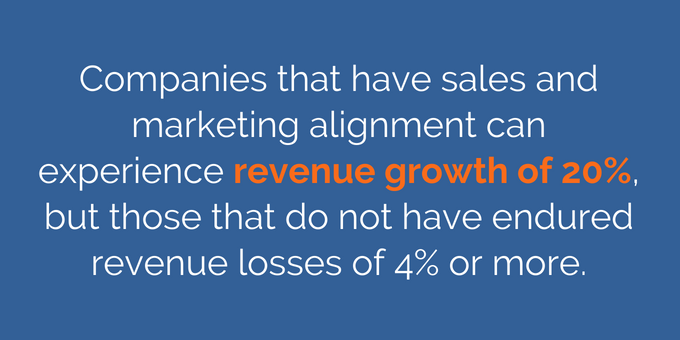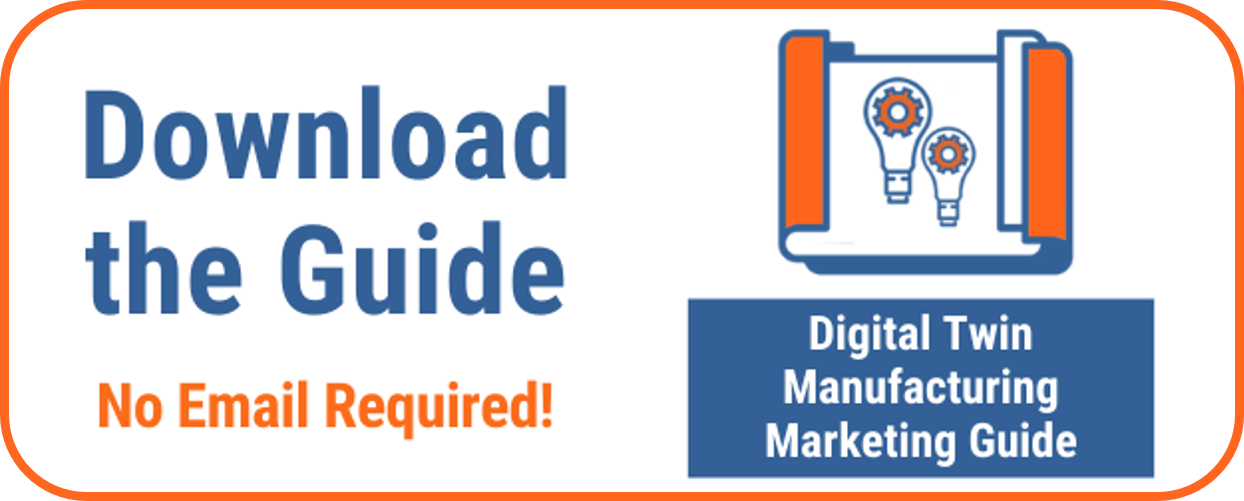“I don’t think we’re ready to start a marketing program yet.”
That’s one of the common objections we hear when we talk to sales-oriented companies about launching a digital marketing initiative.
They are in agreement this is something they need to do. They’ve experienced how the customer buying process has changed, as backed up by these stats:
- 80% of sales interactions are expected to occur in digital channels by 2025. (Gartner)
- 58% of the sales process is completed online before reaching out to a salesperson. (Challenger)
They also tell us they know their website is lousy or that the competition’s social media presence is superior to their own.
But when it comes to actually launch a program, they pump the brakes and say, “Well, we’re just not ready to start yet.” And so they don’t do anything, and the world just keeps passing them by.
Here is a quick video summarizing this post on launching a digital marketing initiative:
When are you ready to start?
Every company has its own reasons why they’re not moving forward.
Lack of budget. Not enough staff. No strategy.

I hear a lot of these answers, but what I don’t hear from companies is a clear sense of what needs to be in place in order to start.
That’s not surprising. Marketing has changed so drastically over the years. In the old days, you could just go to a trade show or meet someone on the golf course to generate business.
That still works to some degree, but as the stats above illustrate, more of the transaction is taking place online. And the digital world can be confusing if you don’t live and breathe it every day.
Break it down into simplified pieces
If determining when is the right time to start feels overwhelming, then consider taking the approach used by Alabama football coach Nick Saban.
Saban’s secret to success is to take complex and huge tasks and break them down into simple, executable steps. He determined all the things that needed to happen to achieve a national championship, and then, task by task, he executed.
That sounds like a great approach, right? So let’s break down, in simple, executable steps, what you need to do to launch that digital marketing initiative.
1. Get a long-term commitment from management
Let’s start here because nothing else matters if you don’t have this. If management isn’t on board, you won’t have access to the time and resources required to make this successful.

It’s important to define what “long-term” means. Our definition is that a long-term commitment requires tolerance for failures and setbacks, with a realization that you need to learn and adjust to build the right program.
Time and resources will be allocated to success, and they won’t be reduced or eliminated if initial campaigns aren’t successful. The goal, and the metrics, should be aligned around continuous improvement.
2. Set the stage for sales and marketing alignment
Your management must also be on-board with aligning your sales and marketing team and ensuring the structure is in place for these two departments to work together.
Without getting these two departments aligned, your marketing initiative could actually cost you dollars:

Your management team must set the stage for alignment, including establishing shared goals and regular communication.
3. Designate someone to lead the charge
Now that you have management buy-in, you need someone to lead the charge. They don’t have to be an expert at every facet of marketing, but they do have to be skilled at managing a strategy and its execution.
That person needs latitude, too. Once your organization has committed to a sales and marketing strategy, they need room to move to execute. Hands-on owners must take a step back and let their team drive the bus.
For example, we ran into a company that was small in size but was micro-managing its sales and marketing. Things slowed to a crawl, and nothing could get done.
You need one person who is at the helm AND is responsible for success. Empower them to make decisions and become the marketing leader for your company.
4. Ensure there is personnel to execute the plan
Once you’ve designated someone to lead the charge, you need personnel to actually do the work. This can involve hiring internally, outsourcing, or a combination of both. Some options include:
Single-person marketing team: This is a good fit for smaller companies that can afford only a lone salary for a marketer who can handle all the specialized components of digital marketing.

A single-marketer who is multi-talented and versatile can pull this off to a very limited degree, but they’ll soon run short of time and expertise. Plus, they’ll likely burn out from a heavy-duty workload.
Tempting as it may be, don’t go cheap and hire someone fresh out of college. They may know their way around social media, but they’re likely going to be very green in business acumen and marketing strategy. Spend more on a seasoned pro.
In-house team: This includes a 1-3 person team with specialized skills (content creation, analytics training, tech-savvy for paid and social media platforms). Be prepared to increase your payroll significantly if you go this route.
Expect a payroll of at least $50-80K per person (depending on how long you want to keep them). For a full team, costs can run over $330K per month.
This option is more realistic for a company with over $200 million and revenue, with complete benefits packages and human resource capabilities to recruit and retain staff.
In-house lead paired with external agency: The less expensive route is to go with a sales and marketing director or a marketing specialist paired with an agency or a solo freelance marketing practitioner.
In this case, you rely on your agency for strategy and deep digital marketing expertise, while your own team can project manage and provide company and industry insights.
Besides the payroll costs for an internal person, your agency costs could range from $30K to $150K per year, depending on the range of services.
5. Set aside money for a paid advertising budget
Besides having personnel in place, you’re going to need money set aside for distributing your content.
What does that mean? Your marketing staff or agency should be skilled at creating content and messaging, but you need the means to distribute the content to your target audience.

You can use organic means, such as posting on social media and search engine optimization, but those take time for results.
To accelerate results (and also learn what’s working in terms of messaging), build in at least $1K to $5K per month for some sort of paid advertising. You can always increase that amount based on effectiveness.
6. Choose a strategic approach that ties marketing to sales
It’s great to have a commitment from management to align sales and marketing, but you also need your strategy to follow suit.
Whether you build a strategy in-house or work with an outside agency, your marketing approach should integrate sales into the picture.
For example, our Digital Twin manufacturing marketing strategy uses online content to create a Digital Twin for your sales team. By declaring that as our intent, we immediately acknowledge the importance of integrating sales and marketing.
(Note: You can download our Digital Twin manufacturing marketing strategy for free — no email required!)
7. Assess your current digital assets
As we’ve mentioned in our post on creating a digital marketing plan, you may need some foundational work completed before you can initiate any type of digital marketing activity.
For example, you will need to ensure some critical foundational elements are in place:
- A website optimized for search engines, which contains your unique value proposition, your main products and services, and trackable methods for your customers to contact you.
- Social media accounts that are ready to be used for organic and paid outreach efforts.
- A metrics system that will allow you to track inbound leads and evaluate the effectiveness of your approach.
For many companies, this assessment, coupled with a sales and marketing strategy, will reveal the first deliverables you’ll need from your marketing team.
The most important thing to do
We’ve provided you with the simplified pieces you need to make your company ready to launch a marketing initiative. Following Coach Saban’s model, complete these tasks one by one, and you’ll be ready to go.
But none of this happens unless you make a commitment to set the wheels in motion. That means all your own personal doubts, fears and uncertainty need to be left behind.
Consider this Chinese proverb about when it’s the best time to plant a tree:
“The best time to plant a tree was 20 years ago. The second best time is right now.”

